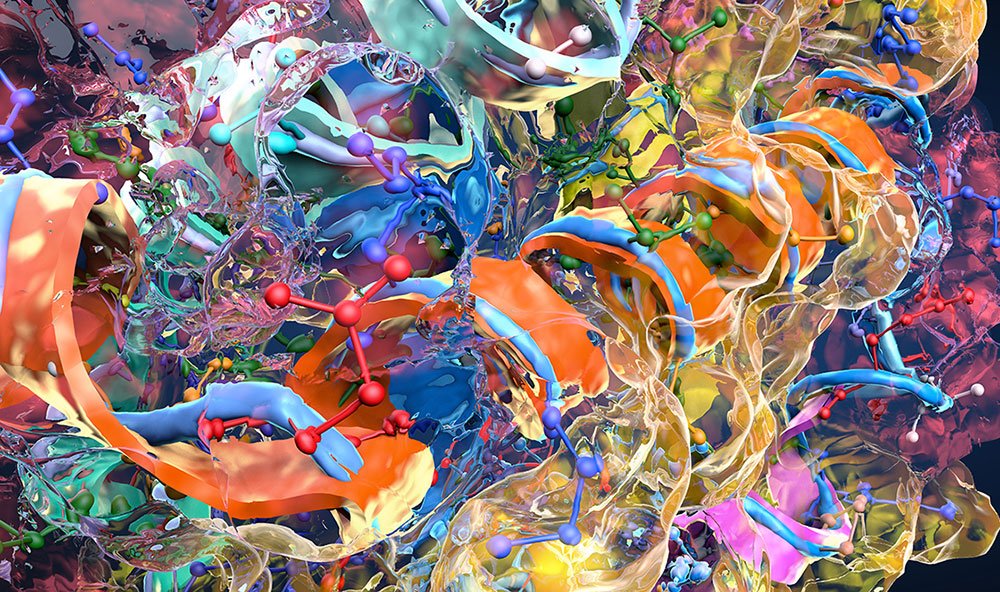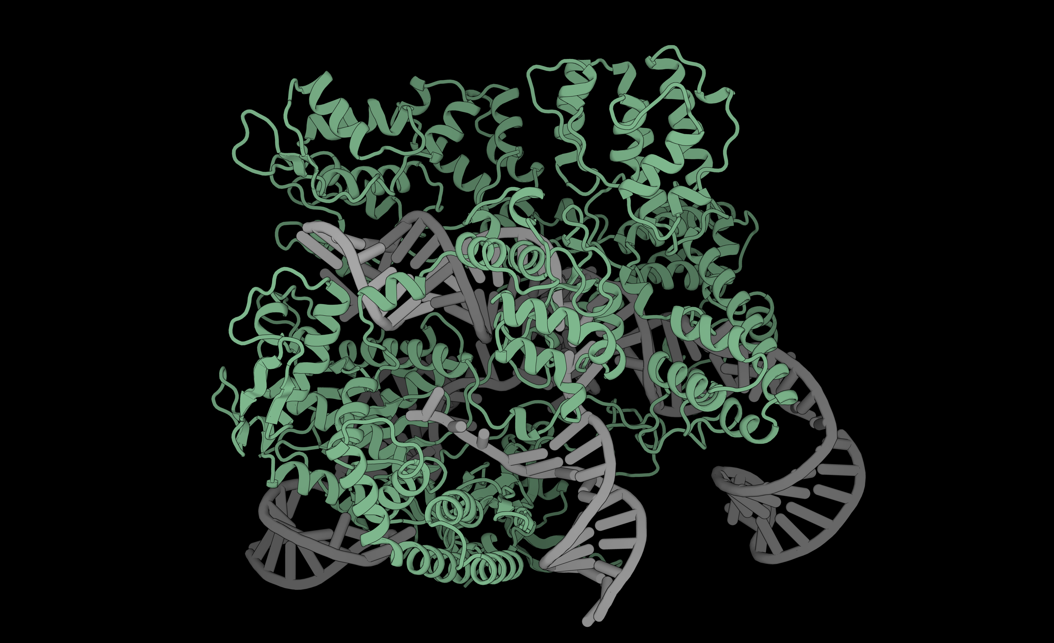A newly developed generative AI model is helping researchers explore protein dynamics with increased speed. The deep learning system, called BioEmu, predicts the full range of conformations a protein can adopt, modeling the structural ensembles that underlie protein function.
The work, in a paper titled “Scalable emulation of protein equilibrium ensembles with generative deep learning,” was published in Science. Researchers developed BioEmu as a high-speed emulator of protein motion, capable of generating thousands of conformational states in just one GPU-hour, significantly outperforming traditional molecular dynamics (MD) simulations.
Understanding protein function has been a challenge, often hinging not on a single structural component of the protein, but on the combined ensemble of shapes within the protein. Proteins frequently shift between different conformations depending on their interactions or environment, which has been a challenge for other methods to capture accurately.
By integrating over 200 milliseconds of MD simulations, AlphaFold-predicted static structures, and experimental data on protein stability, the model learns to capture realistic equilibrium behavior. It then uses that knowledge to generate diverse conformations that reflect the functional landscape of a protein, without the need to run new simulations for each case.
BioEmu “captures diverse functional motions—including cryptic pocket formation, local unfolding, and domain rearrangements—and predicts relative free energies with 1 kcal/mol accuracy compared to millisecond-scale MD and experimental data,” the authors wrote.
The authors also highlight BioEmu’s property-prediction fine-tuning (PFFT) algorithm, which enables the model’s outputs to match with experimental data even when structural data is lacking.
“BioEmu and MD simulation are complementary,” the authors noted. They pointed out that BioEmu was trained with MD simulation data and that the data generated by the model can effectively mimic MD distributions at a fraction of the cost.
However, BioEmu doesn’t model dynamics over time like MD does, but it can generate equilibrium ensembles far faster, making it ideal for high-throughput applications where speed and scale matter more than temporal resolution. Further, it doesn’t model molecular dynamics or interactions with membranes, ligands, or changing conditions such as temperature or pH. Instead, it generates snapshots of structures from the equilibrium distribution—a statistical view of how a protein behaves in its native environment.
Despite these limitations, BioEmu is well-suited for applications that require high-throughput predictions of protein structural changes, such as drug design, enzyme engineering, and variant impact prediction. In these areas, the ability to rapidly sample conformational space can reveal hidden sites for targeting or design more stable variants of a protein.
While BioEmu’s performance is constrained by its training data—particularly for proteins or conditions underrepresented in public datasets—the authors emphasized its scalability and cost-efficiency. Once trained, the model can generate ensembles for new proteins orders of magnitude faster than even accelerated MD simulations, effectively “amortizing” the initial cost of data generation.
BioEmu joins other generative machine learning models that are moving beyond structure prediction into function-level modeling. While AlphaFold improved our ability to determine static structures from sequence, models like BioEmu represent the next phase: understanding how proteins move, interact, and function in real biological systems.
The post Protein Dynamics Predicted Rapidly with Generative AI Model, BioEmu appeared first on GEN – Genetic Engineering and Biotechnology News.




